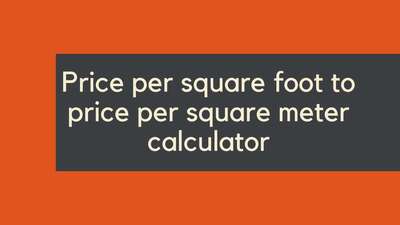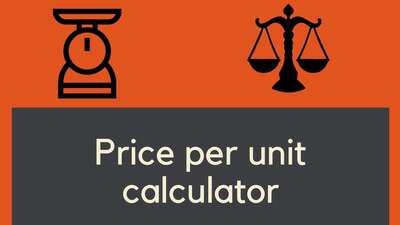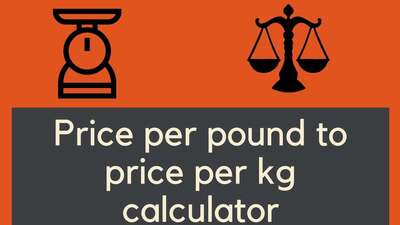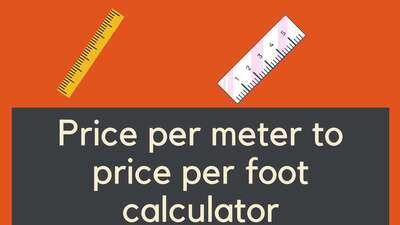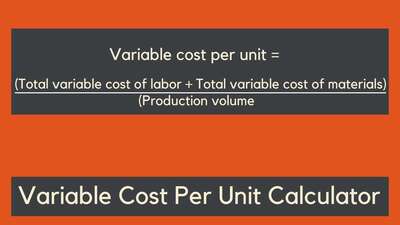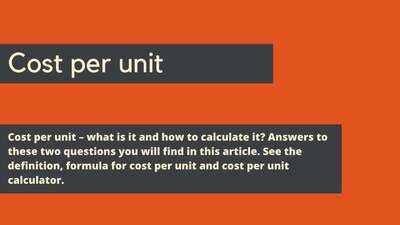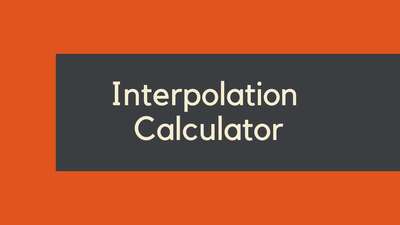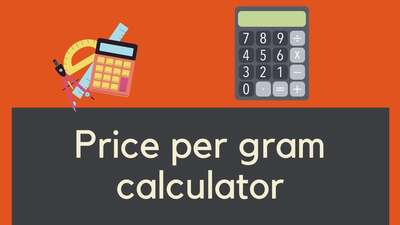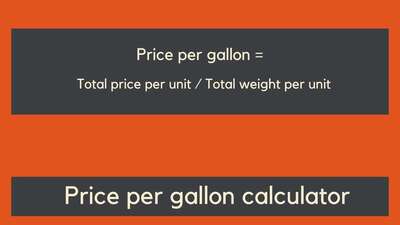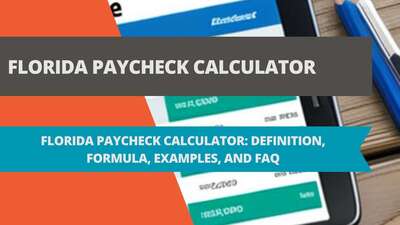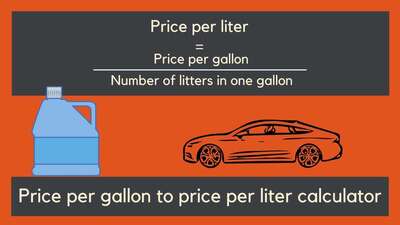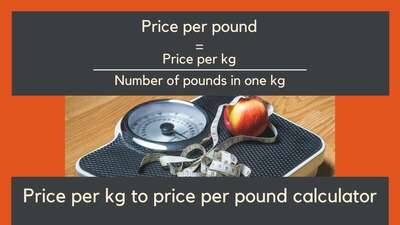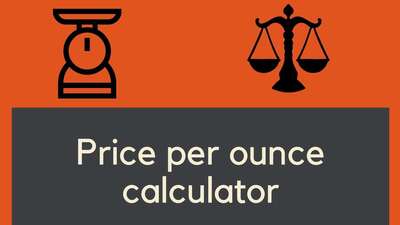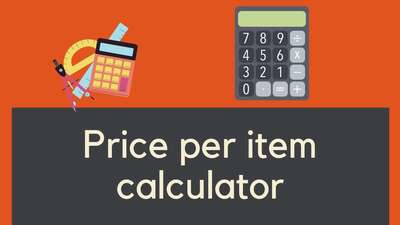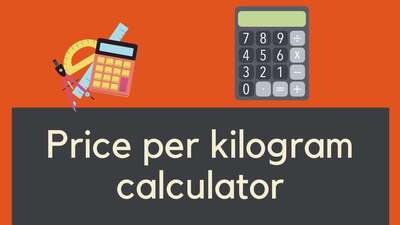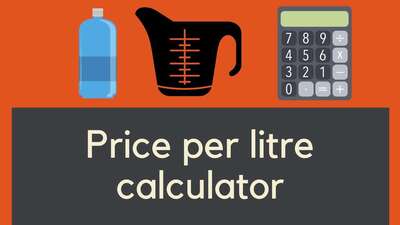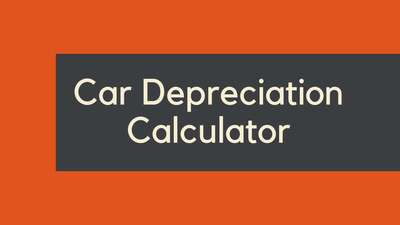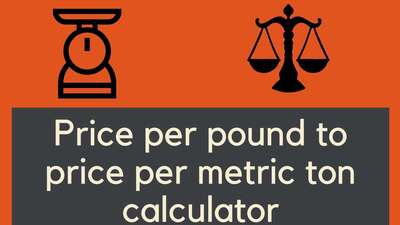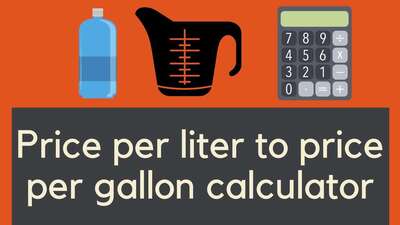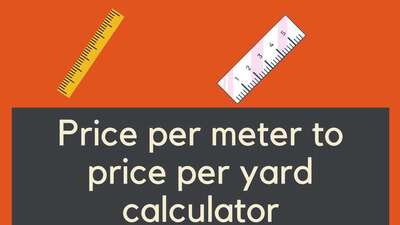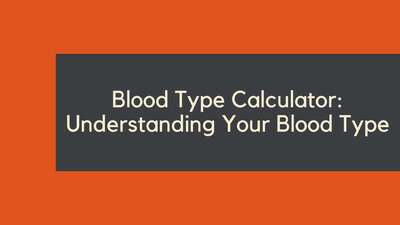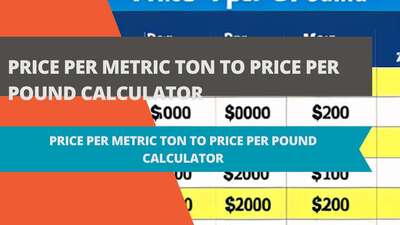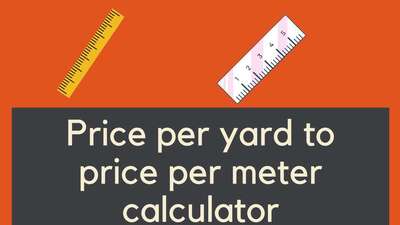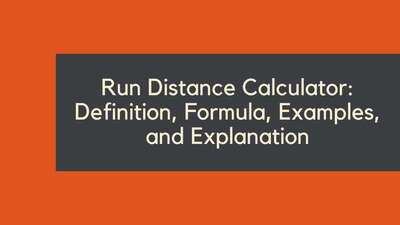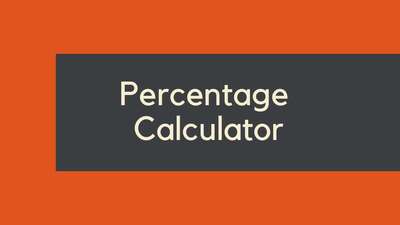Factorial Calculator: Definition, Formula, Examples, and Tips
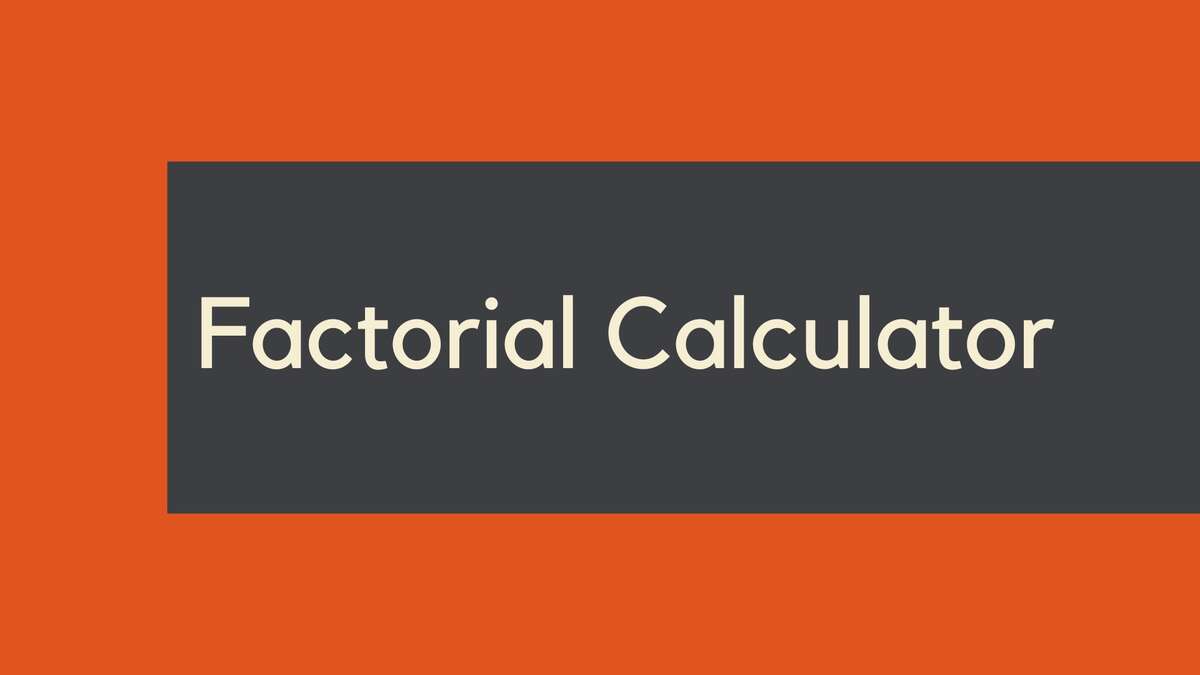
- Formula for Calculating Factorials
- Examples of Factorial Calculations
- Explanation of Factorial Calculations
- FAQ: Frequently Asked Questions
- What is the factorial of 0?
- What is the largest factorial that can be calculated?
- Can decimals or negative numbers have factorials?
- How can I calculate factorials quickly?
- Historical Significance of Factorials
- Factorials in Number Theory and Sequences
- Application in Real-life Scenarios
- Factorials in Software and Algorithms
- The Gamma Function and Factorials
- Conclusion
Factorial is a mathematical concept that refers to the product of all positive integers from 1 up to a given number. It is denoted by an exclamation mark (!) following the number. For instance, the factorial of 5 is written as 5!, which is equal to 5 x 4 x 3 x 2 x 1 = 120. The factorial function is used in a variety of mathematical applications, including probability, combinatorics, and statistics.
Formula for Calculating Factorials
The formula for calculating factorials is simple: multiply the number by every positive integer that comes before it. In other words:
n! = n x (n-1) x (n-2) x ... x 3 x 2 x 1
For example, to calculate the factorial of 6, you would perform the following calculation:
6! = 6 x 5 x 4 x 3 x 2 x 1 = 720
It's worth noting that the factorial function is only defined for non-negative integers. In other words, you cannot calculate the factorial of a decimal or a negative number.
Examples of Factorial Calculations
Factorials can be calculated for any non-negative integer. Here are a few examples:
- 2! = 2 x 1 = 2
- 3! = 3 x 2 x 1 = 6
- 4! = 4 x 3 x 2 x 1 = 24
- 5! = 5 x 4 x 3 x 2 x 1 = 120
- 6! = 6 x 5 x 4 x 3 x 2 x 1 = 720
Explanation of Factorial Calculations
The factorial function is often used in probability and combinatorics to calculate the number of possible outcomes in a given scenario. For example, if you are flipping a coin three times, you can use the factorial function to calculate the total number of possible outcomes:
3! = 3 x 2 x 1 = 6
This means that there are six possible outcomes when flipping a coin three times: HHH, HHT, HTH, THH, TTH, and THT (where H represents heads and T represents tails).
Factorials can also be used in statistics to calculate permutations and combinations. Permutations are the number of ways to arrange a set of objects in a particular order, while combinations are the number of ways to choose a subset of objects from a larger set, regardless of the order. Both permutations and combinations can be calculated using factorials.
FAQ: Frequently Asked Questions
What is the factorial of 0?
The factorial of 0 is defined as 1. In other words, 0! = 1.
What is the largest factorial that can be calculated?
The largest factorial that can be calculated depends on the computing power available. However, due to the rapid growth of factorials, even relatively small values can quickly become too large to calculate. For example, 20! is equal to 2,432,902,008,176,640,000, which is already a very large number.
Can decimals or negative numbers have factorials?
No, the factorial function is only defined for non-negative integers. Decimals and negative numbers do not have factorials.
How can I calculate factorials quickly?
Calculating factorials can become time-consuming for large numbers. One way to quickly calculate factorials is to use a factorial calculator, which can be found online. These calculators use algorithms to quickly and accurately calculate factorials.
Historical Significance of Factorials
Factorials, as mathematical concepts, trace their origins back to ancient civilizations. These unique numbers have been an area of interest and fascination for mathematicians throughout history. Their primary application in the beginning was in combinatorics, which is the study of counting and arranging objects in particular sequences or sets. Various cultures, from ancient India to the Greeks, explored the idea behind factorials, though they might not have termed it as such.
The true potential and the generalized understanding of factorials, however, took shape during the European mathematical renaissance. One of the pivotal figures in this journey was Leonhard Euler. Euler's brilliance lay not just in understanding the significance of factorials for integers but also in exploring their properties beyond whole numbers. He introduced the concept of extending the factorial function to values other than just non-negative integers. This innovative approach provided a foundation for the Gamma function, a continuous extension of the factorial function, which played a critical role in complex analysis and various other mathematical disciplines.
Furthermore, Euler's exploration of factorials and their properties paved the way for deeper research into combinatorics, number theory, and series expansions. His contributions, among others from his contemporaries and successors, firmly established factorials as an essential tool in both pure and applied mathematics.
Factorials in Number Theory and Sequences
Factorials, while primarily recognized for their role in combinatorics, have expansive applications across various branches of mathematics, particularly in number theory. Number theory is a branch of mathematics dedicated to the study of integers and more abstract objects built from them. Within this domain, factorials offer intriguing properties and relationships.
One of the interesting sequences where factorials play a role, albeit indirectly, is the famous Fibonacci series. While each term in the Fibonacci sequence is derived from the sum of its two predecessors (and not directly from factorials), the series intersects with factorial concepts in various mathematical explorations. For example, the number of ways to arrange the letters of the word "FIBONACCI", which has repeated letters, can be calculated using factorials. Additionally, combinatorial identities involving Fibonacci numbers and binomial coefficients, which are derived from factorials, have been the subject of extensive study.
Further delving into number theory, factorials have been used to explore and prove properties related to prime numbers. A classic illustration is Wilson's theorem, which states that an integer \( p \) is a prime number if and only if \((p-1)!\) is congruent to \(-1 \) modulo \( p \). This relationship between factorials and primes showcases the depth and versatility of factorials in mathematical proofs and explorations.
Factorials, with their multifaceted properties, continue to be a rich area of research, bridging gaps between seemingly unrelated mathematical areas and shedding light on profound mathematical truths.
Application in Real-life Scenarios
The concept of factorials, while deeply rooted in mathematical theories, extends its relevance to an array of real-world situations. These applications underscore the fact that mathematics is not just confined to abstract thought but has a tangible impact on our daily lives and various disciplines.
In the realm of card games, for instance, factorials are essential in calculating the total number of ways a deck of cards can be shuffled. Given a standard deck of 52 cards, there are 52! (52 factorial) different possible arrangements, leading to the unpredictability and excitement of the game. Whether one is trying to calculate the odds of getting a particular poker hand or the likelihood of drawing a specific card, factorials are crucial.
Turning our attention to the field of genetics, factorials assist scientists in determining the number of ways genes can be sequenced. This has important implications for understanding genetic diversity, evolution, and even in advanced genetic engineering endeavors where specific sequences are desired.
Furthermore, in the unpredictable world of stock markets, factorials can play a role in quantitative finance, particularly in the domain of combinatorial analysis. By analyzing potential combinations of market factors and their impacts, quantitative analysts often employ factorials to model different scenarios and derive probabilistic predictions. Though it's worth noting that stock markets are influenced by a myriad of factors, and while mathematics offers tools for prediction, it cannot account for every unpredictable event.
From games to genetics, to finance, factorials prove to be a foundational tool, offering insights and solutions in diverse fields. Their omnipresence across varied disciplines serves as a testament to the expansive and pragmatic utility of the factorial function.
Factorials in Software and Algorithms
The task of computing factorials is a recurrent challenge in the world of computer science and software engineering. The reason for this focus is rooted in both the mathematical significance of factorials and the computational complexity they introduce as numbers grow.
At a basic level, computing the factorial of a number can be approached using recursive algorithms. In a recursive approach, a function calls itself with a reduced value until a base case is reached. For instance, the factorial of a number n can be calculated by multiplying n with the factorial of n-1, continuing this until reaching the base case where the factorial of 1 is 1. However, while elegant, this approach can be computationally expensive for larger values of n due to the repetitive calculations involved.
Another common method is the iterative approach, where a loop is employed to multiply the numbers successively. This method, while straightforward, can also be resource-intensive for large numbers. But with the application of memoization techniques — a process of storing already calculated values to avoid redundant computations — the efficiency of both recursive and iterative algorithms can be greatly improved.
However, as we venture into the territory of computing factorials for extremely large numbers, the sheer magnitude of the results presents significant challenges. Traditional integer data types cannot hold these vast values, leading to the use of specialized data structures or software libraries tailored for large number arithmetic. This need to handle gigantic numbers also sparks continuous research and innovation, pushing computer scientists and engineers to devise more optimized methods and tools.
In summary, the challenge of calculating factorials is not just a mathematical puzzle but also a computational one, driving innovation and problem-solving in the realm of software and algorithm design.
The Gamma Function and Factorials
In the realm of mathematics, especially when diving into more advanced topics, there often arises a need to extend basic concepts beyond their original definitions. One such concept is the factorial function. Traditionally, factorials are well-defined only for non-negative integers. However, mathematicians, always driven by curiosity and the pursuit of broader applicability, sought ways to generalize this concept to cater to a wider range of numbers, including real and complex numbers.
This generalization led to the birth of the Gamma function (often denoted by \( \Gamma(z) \)). The Gamma function serves as an extension of the factorial concept and can be thought of as an interpolation of the factorial function. It bridges the gaps between the integers, producing a continuous function that mirrors the behavior of factorials over its domain.
The mathematical definition of the Gamma function is an integral that grows factorially at its poles, and it has the remarkable property that \( \Gamma(n) = (n-1)! \) for all positive integers \( n \). This means that for any positive integer, the Gamma function gives a value one less than its factorial.
But why is such a generalization important? The significance of the Gamma function goes beyond mere intellectual curiosity. It plays a pivotal role in various branches of advanced mathematics, especially in complex analysis, where functions of complex variables are studied. Moreover, its properties and characteristics make it instrumental in solving differential equations, analyzing patterns in prime numbers, and understanding certain aspects of quantum physics.
In conclusion, the Gamma function is a testament to the beauty and depth of mathematics. It showcases how foundational concepts, like factorials, can be extended and molded to fit broader contexts, further enriching our mathematical toolbox and enhancing our understanding of the intricate patterns that govern the universe.
Conclusion
The factorial function is a fundamental concept in mathematics, with applications in probability, combinatorics, and statistics. It is calculated by multiplying a number by every positive integer that comes before it. Factorials can be calculated for any non-negative integer, but become quickly unwieldy for large values. By using a factorial calculator, you can streamline your calculations and save valuable time in your work.


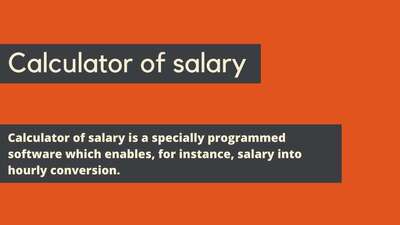
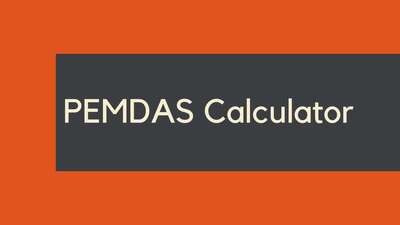

![Car Loan Calculator: Definition, Formula, Examples, and FAQs [2023 Guide]](/images/page/400/car-loan-calculator-13.jpg)
